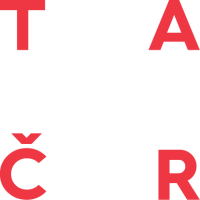

What are transport models?
Transport models are a priceless tool for an evaluation of impacts of planned transport infrastructure and other structures in urban areas and regions. They include impacts on traffic flow in an area, environmental impacts, and economic impacts (costs and benefits analysis). Using a transport model, if properly produced, it is possible to find optimum transport development variant for a given urban area/region.
The main users of transport models results are the state administration, town and regional authorities, since they are responsible for transport development in a given urban area/region.
Minimum design standards of transport planning models
These web pages were produced within a project Minimum design standards for transport planning models (TA04031189) and aim to set quality standards for production and evaluation of transport models. These standards are described in Methodology for production and evaluation of macroscopic transport models (in certification process of the Ministry of Transport). In addition, an application MIST was developed within the project. The application allows for easy generation of technical specification for contracts that require a transport model. Customers of the models will be provided with the following information: what to require for transport model production, what results will they require, and how time demanding it is for a given urban area/region. It depends on what transport issue needs solution, e.g. production of new infrastructure, change in public transport lines, introduction of low-emission zones.
Use software to set minimum design standards for transport planning models in order generate sample technical specification as materials for transport model production. Enter the purpose of transport model, considerated region type and required parameters; then, use the outcome for communication with the model supplier.
One of the project outcomes is the Methodology for production and evaluation of macroscopic transport models. It contains general information on transport models, procedures for their production and evaluation. Furthermore, the methodology includes recommendations for input data requirements, informs on processes of calibration and validation of transport models, and discusses prediction scenarios.
Technology Agency of the Czech Republic
https://www.tacr.cz




info@dopravni-modely.cz


 Czech
Czech